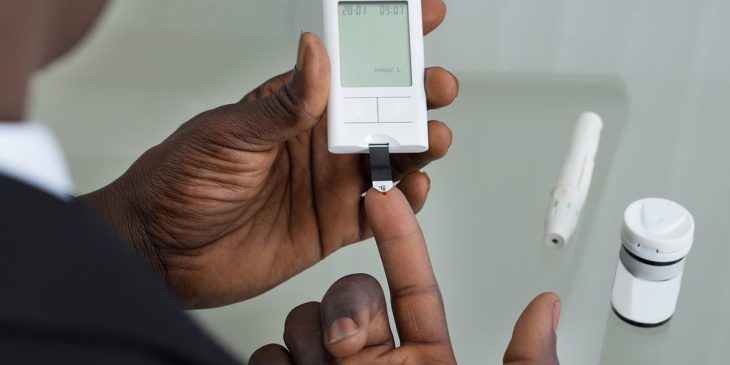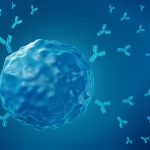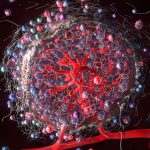“Restrained” T cells — those with reduced functionality — help limit progression of Type 1 diabetes in mice, according to a new study that suggests a promising target for potential therapies.
Published in Nature Immunology by University of Pittsburgh School of Medicine and UPMC Hillman Cancer Center researchers, the study provides a piece to the long-standing puzzle of autoimmune disease: How and why do T cells mistakenly recognize and attack healthy tissues?

Dario Vignali
“Although autoimmunity and inflammatory diseases have been the focus of a lot of attention for many decades, we’re still relatively short of good therapies,” said senior study author Dario A.A. Vignali, Ph.D., distinguished professor and vice chair of immunology at Pitt. “We decided to go back to the drawing board and try to understand what makes T cells destroy healthy cells in these disorders.”
At the center of the drawing board was research from Vignali and other groups detailing T cell “exhaustion” in cancer. When T cells are continually exposed to the same antigen — the molecules that T cell receptors use to identify threats — they become weary and attack tumors with less oomph. Although this is bad news for fighting cancer, calming down overzealous T cells could be a good thing in autoimmunity.
“But curiously, T cells that drive autoimmune diseases don’t seem to become exhausted — even though they experience chronic stimulation as in cancer,” said Vignali, who is also associate director for scientific strategy and co-leader of the Cancer Immunology & Immunotherapy Program at UPMC Hillman. “We wondered how that can be: Why is there exhaustion in tumors but destruction in autoimmunity?”
To answer this question, Vignali and co-lead authors Stephanie Grebinoski, a graduate student in Vignali’s lab, and Qianxia (Sherry) Zhang, Ph.D., formerly a graduate student in his lab and now a research fellow at Boston Children’s Hospital, used a mouse model of Type 1 diabetes. As in the human version of the disease, autoreactive T cells destroy the beta cells of the pancreas, which produce the blood sugar-regulating hormone insulin.
Before animals develop Type 1 diabetes, killer T cells — officially known as CD8+ T cells — invade the pancreatic islets. The researchers conducted a comprehensive analysis of these invaders and compared them to normal and exhausted T cells.
“We found that CD8+ T cells in the islets are not rampantly destroying beta cells. There is some restraint, reminiscent of exhaustion, but they are more functional than exhausted T cells,” Vignali explained. “We coined the term ‘restrained’ T cells to describe this reality.”
One key feature of both restrained and exhausted T cells is higher expression of an immune checkpoint protein called LAG3. In previous research, Vignali and his team pinpoint how LAG3 inhibits T cell receptors in exhausted T cells.
To learn more about LAG3’s role in Type 1 diabetes, the researchers genetically modified mice so that they no longer expressed LAG3 on CD8+ T cells. These mice had dramatically accelerated diabetes, indicating that LAG3 helps restrain killer T cell destruction of beta cells.
These findings also point to a possible evolutionary explanation for LAG3 and other immune checkpoints.
“Immune checkpoints have mostly been studied in the context of cancer, but, surely, we didn’t evolve a process of restraint or exhaustion just to limit T cells from killing tumor cells. There must be some other purpose,” said Vignali. “We think that purpose is to limit the damage that autoreactive T cells can inflict on the body in chronic autoimmune diseases. Tumors may have then usurped that process for their own benefit.”
Now, Vignali and his team plan to investigate whether they can develop therapies that halt diabetes progression by stimulating LAG3 to further restrain T cells — the opposite strategy to LAG3-inhibiting cancer drugs that ramp up T cell activity.









